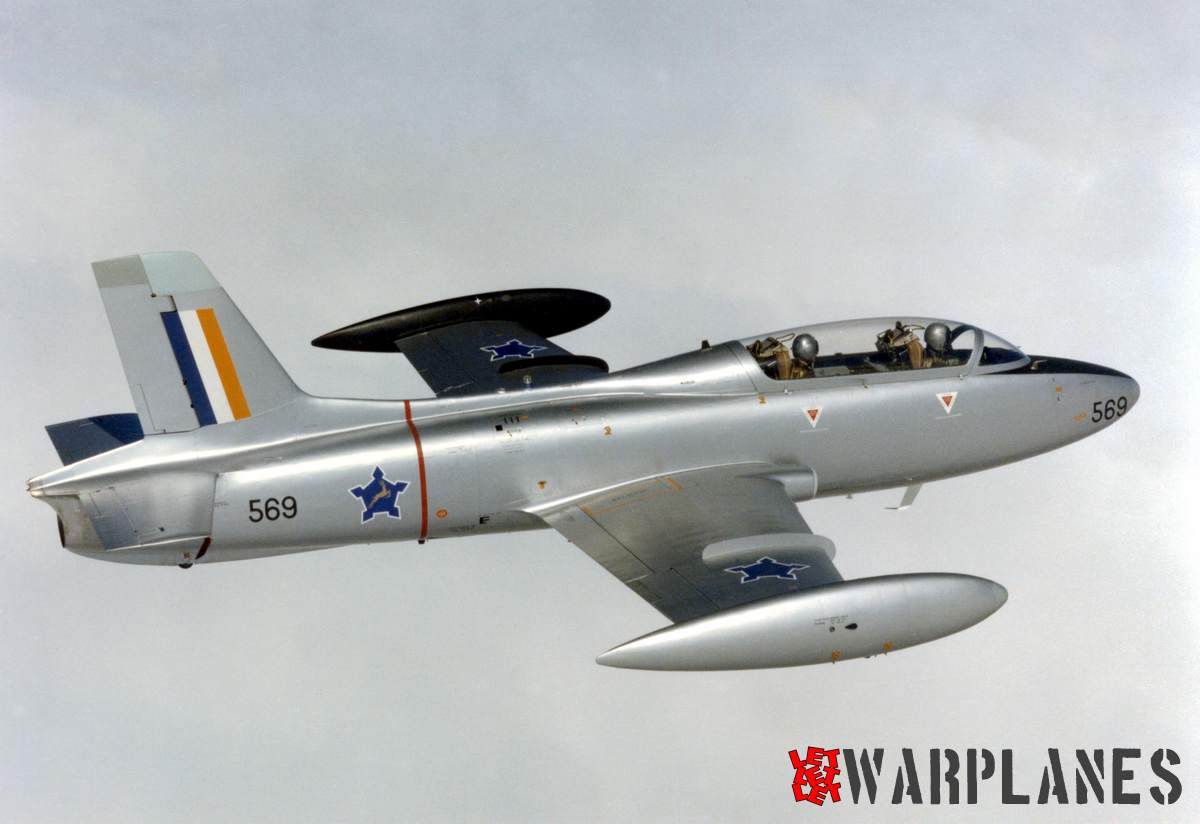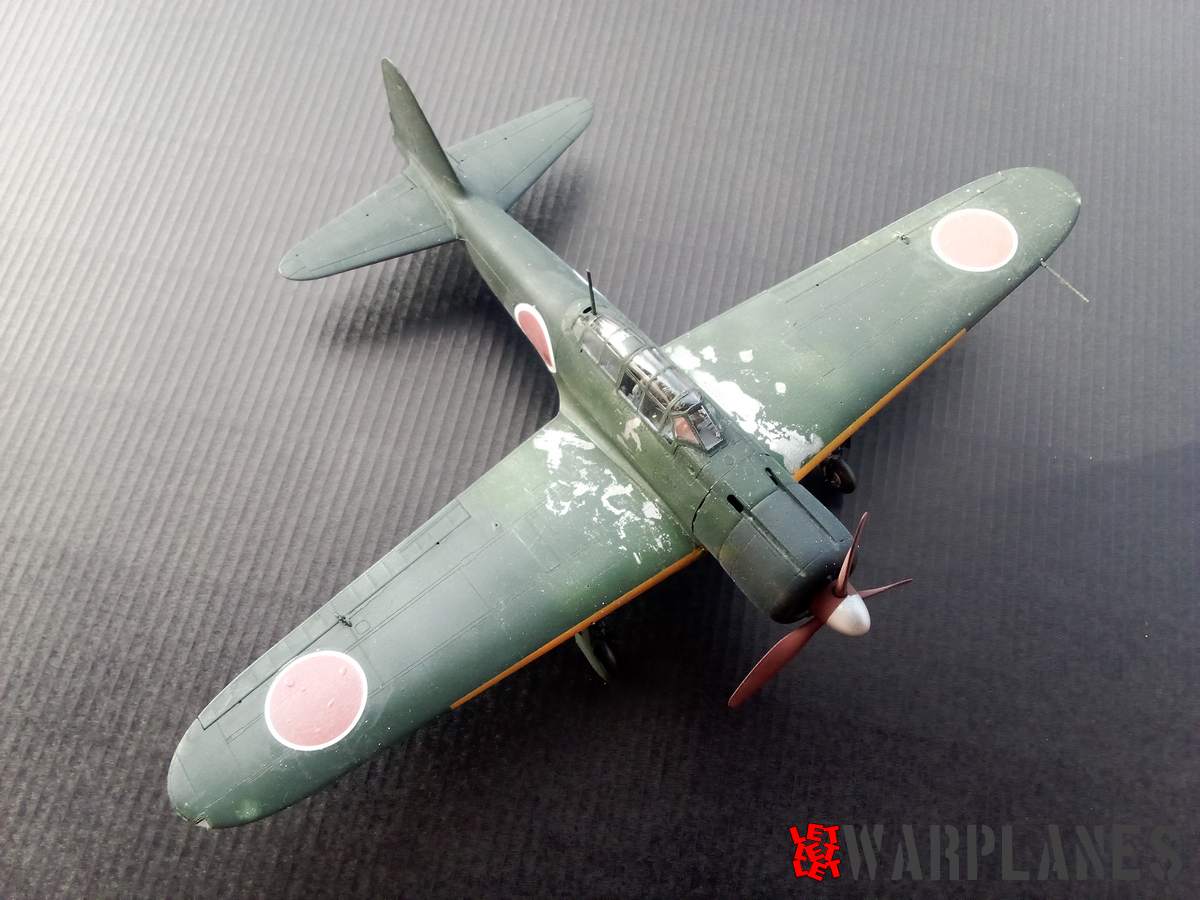Mustang
In the late 1930’s, as a war with Germany was looking inevitable, it came as a matter of great urgency for both the United Kingdom and France to expand their air forces, so in 1938, the British Direct Purchasing Commission (BDPC) visited the United States of America looking at purchasing US aircraft. At the time the US was neutral on the current world events, but they had no objections to selling equipment to countries not already at war, so the Commission visited a number of aircraft manufactures placing orders for various types of aircraft.
On the outbreak of war the Royal Air Force was desperately in need of combat aircraft, and once again turn to the USA as a possible source of supply. In late 1939 an agreement was signed for 1,740 Curtiss P-40’s, these were to be shared between the British and French. The US found a loophole in its neutrality by stating that the aircraft would have to leave US shores in the holds of shipping owned by the purchasing countries. However, the aircraft would not be delivered until late 1940 due to Curtiss commitment to the United States Army Air Crops (USAAC). The British Government decided to to see if they could find another US manufacture to produce the P-40. Remembering that earlier the RAF had obtained aircraft from the North American Aviation company (NAA), the BDPC put the idea to NAA to produce the P-40 for them. The company were not overly impress with the idea and proposed to they produce a new fighter using the Allison engine used in the P-40. North American Aviation had not designed a high speed fighter aircraft before, however a formal contract was signed in May 1940 for 320 aircraft. There were a of number set conditions within the contract, the main ones being the prototype, designated NA-73X, had to meet full specifications and also, had to be flying within eight months. NAA rolled the the first prototype aircraft 120 days later.
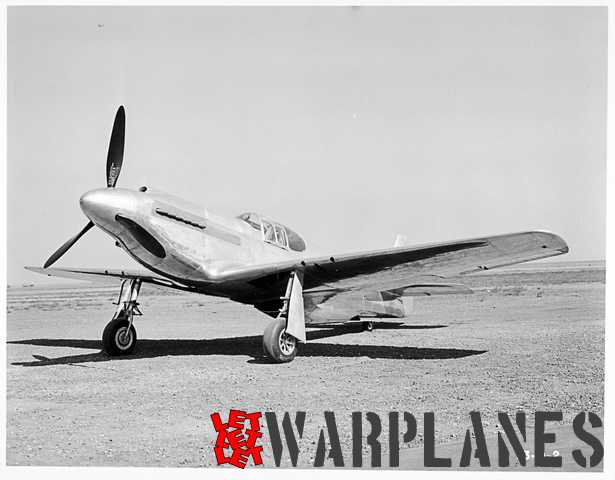
The NA-73X was an all metal stressed skin design, the landing gear was widely spaced, thus giving better ground handling. Many of the aircrafts other design features intended to reduce the amount of drag and increase its performance, one being the wing which had a sloping incline on the upper surface that gave an increase in the airflow, thus giving the aircraft longer range. The prototype was fitted with two .50 machine guns in the lower engine cowling and a single .50 machine gun in each wing close to the propeller disk. Also fitted was a further pair of Browning .30 machine guns in each wing. The internal fuel tank could hold 180 US gallons, almost twice as much as the early Supermarine Spitfires. The NA-73X made its first flight in late October 1940 and in later trials it was found to be 25 mph faster than the Curtiss P-40. On the results of the trials, a further 300 aircraft were ordered for the RAF under the designation NA-83, however, it was the British who later named it the Mustang.
It was during this period that the USAAC started to show an interest in the new aircraft and they request a pair of production Mustang Mk.I’s for evaluation, which they gave the designation XP-51. In the beginning the company had named the aircraft the Apache, however, in June 1941 the USAAC became the USAAF and they quickly dropped the company name and adopted the name Mustang.
Early RAF Service – Mustang Mk.I & Mk.IA
The first Mustang Mk.I that flew was AG345 in April 1941 and was retained by NAA for trials. In early 1942 No. 26 Squadron based at Gatwick, now one of London’s major airports, started to receive Mustangs to replace their P-40 Tomahawks. Further evaluation of the first aircraft quickly revealed the Mustangs poor performance above 13,000ft, with the single speed super changed Allison V-1710 engine, but this was totally opposite at low-level. So the early Mustangs in RAF service were switched to low-level strafing/bombing and tactical photographic reconnaissance missions. These early Allison powered Mustangs went onto equip 14 RAF Army Cooperation Squadrons. The first aircraft to carry the official P-51 designation were a batch of 148 Mustang IA’s ordered for the RAF in 1942. The only difference from the Mk.I’s was their armament, these aircraft were to fitted with four wing 20mm cannons replacing the wing and engine cowling machine guns of the Mk.I’s. RAF Mustangs made operational history on 22nd October 1942 in becoming the first single-seater fighter to escort British bombers on a daylight raid over Germany.
Early USAAF Service
The first Mustangs to see operational service with the USAAF were 57 Mk.IA aircraft due for delivery to the RAF, these were fitted with reconnaissance cameras and sent to squadrons within the USA with the designation F-6A, although they were also known as just P-51’s.
In 1942 NAA obtained an order from the USAAF for 500 Mustangs to be used in the dive-bomber role, these aircraft would have the Allison V-1710-87 engine fitted into the basic P-51 airframe, the version was known as the A-36A-1-NA and had the unofficial name of Invader. The aircraft was fitted with a bomb rack under each wing, to take a 500lb bomb, dive brakes and was also fitted with a total of six .50 machines guns. The first operational mission was 6th June 1943 against Italian airfields on the islands of Lampedusa and Pantelleria The A-36A was very successful in the role of dive-bombing fly over 23,000 missions with a loss of 177 aircraft, their pilots are recorded as claiming 84 enemy aircraft shot down and the aircraft saw service well into 1944.
Details for Mk.I/P-51/Mk.IA
Power-plant – P-51/Mk.IA – 1,150hp Allison V-1710-39 vee-12 engine fitted with a Curtiss three bladed constant speed propeller.
Fuel Capacity – 180 US gallon in two internal wing tanks.
Performance – Max speed 387mph at 15,000ft (P-51).
Range – 750 miles (internal fuel load) (P-51.
Production – 620 Mk.I, 148 P-51/Mk.IA
Details for A-36A
Power-plant – 1,325hp Allison V-1710-87 engine fitted with a Curtiss three bladed constant speed propeller.
Fuel Capacity – 180 US gallon in two internal wing tanks and the provision for either two 75 US gallon underwing tanks.
Performance – Max speed (clean aircraft) 368mph at 14,000ft, 356 mph at 5,000ft or 310 mph at 5,000ft fitted with bombs.
Range – 750 miles (internal fuel load), 1,250 miles (internal + 75 US gal wing tanks)
Production – 500
P-51A
Entering service with the USAAF in early 1943, this aircraft was to be the last P-51 fitted with the Allison engine, which by this time it had been upgraded with an improved supercharger. The first unit to receive the aircraft was the 311th FBG, this was followed by the 23rd FNG based in India. Its armament was cut to just four .50 machine guns, however, this variant was also designed to undertake the role of fight-bomber as it retained the bomb racks of the A-36A; modifications were also made for the aircraft to carry six underwing rocket tubes. Another feature was its range, this could be increased by the use of underwing fuel drop tanks. USAAF placed an order for 310 aircraft with 50 of these going to the RAF for the P-51’s they had diverted earlier, the RAF was to designation these as Mustang Mk.II’s. Within the contract order, 35 airframes were converted to the photographic reconnaissance role and renamed F-6B’s. Production of the P-51A was drawn down by mid 1943 and over the whole early period of the Mustangs life a total of 1,579 airframes powered by the Allison engine were produced, with 763 of these going to the RAF.
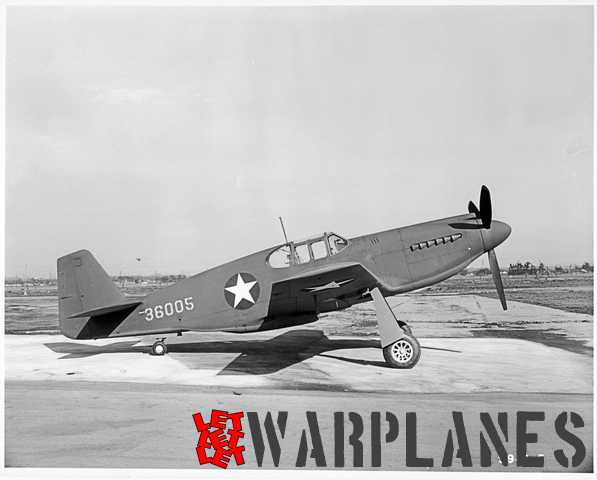
Details for the P-51A
Power-plant – 1,200hp Allison V-1710-81 engine fitted with a Curtiss three bladed constant speed propeller.
Fuel Capacity – 180 US gallon in two internal wing tanks and the provision for either two 75 or 150 US gallon underwing tanks.
Performance – Max speed 390mph at 20,000ft, 380 mph at 15,000ft & 340 mph at 5,000ft
Range – 750 miles (internal fuel load), 1,250 miles (internal + 75 US gallon wing tanks)
Production – 310
Mustang X, P-51B/C & Mk.III
In early 1942 the RAF started trials fitting a Rolls Royce Merlin 65 engine into a Mustang Mk.I. The Merlin engine was similar to the Allison, but was heavier by 300lbs, however this extra weight was off-setted by an increase in the engines horsepower of 600hp. This prototype was to be known as the Mustang X and in all, five airframes were converted by the RAF, serial no’s AM121, AL963, AL975/G, AM203 & AM208, a sixth aircraft, AG518 was to be used however, Rolls Royal deemed it below latest production standards due to a lack of various items fitted to the other trials aircraft.
Taking its first flight in late 1942, the Mustang X during trials obtained a speed of 433 mph and reached an altitude of 20,000ft in just over 6 minutes, this was a reduction of a third of the time taken by a Allison powered Mustang. However; it was noted that Mustangs fitted with the Allison engine could outperform the Merlin power variants below 15,000ft.
The US had been keeping a close watch on the development of the Mustang/Merlin combination and they made arrangements for the Merlin engine to be built under licence in the US as the V-1650-3 Parkard-Merlin and their prototype aircraft was designated the XP-78, later changing to the XP-51B, which took to the air in 1942 (ser. 41-37325) shortly after the British Mustang X.
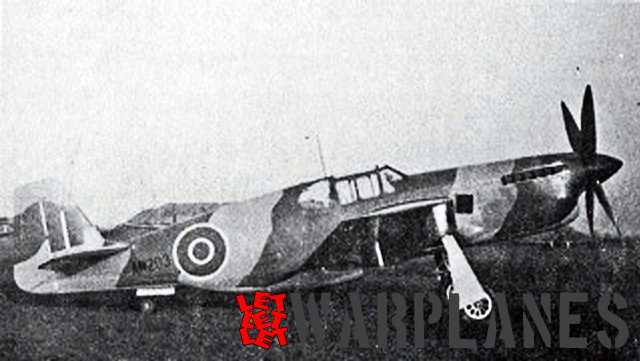
Flying for the first time in May 1943, the P-51B was quickly followed by almost 2,000 others from North American’s production line in Inglewood, California, however, this was not deemed fast enough, so a shadow factory in Fort Worth, Texas took up further production with their aircraft designated as P-51C’s. Both variants were virtually identical to each other. There were visible changes to the look of the P-51B/C and this was mainly due to the use of the Merlin engine, the carburettor scoop was move to below the engine and the main cooling air scoop, under the fuselage, was enlarged. Armament was like that of the P-51A, four .50 machine guns mounted in the wings.
As the production of the P-51B/C was underway it was decided to increase the range of the aircraft by adding an additional fuel tank of 85US gallons behind the cockpit, only the last few hundred airframes had this modification with some earlier models being retrofitted. The extra weight of the fuel behind the cockpit made directional stability difficult to handle and if the tank was half empty the fuel slopped about adding more danger, even affecting handling during mild manoeuvres. It was not until the rear tank was virtually empty did the pilots relaxed.
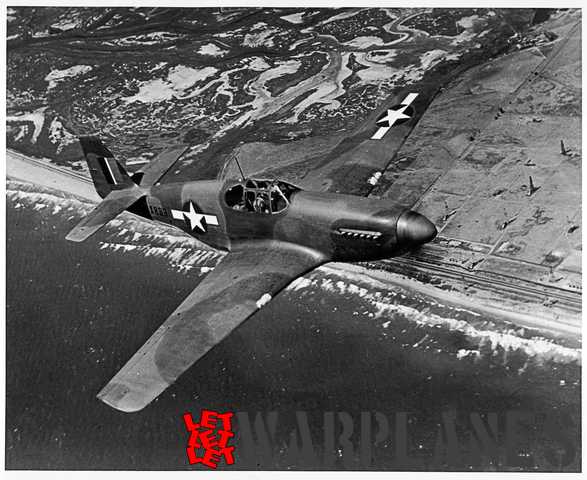
The RAF received both these variants, 71 P-51B’s and 20 P-51C’s (these P-51C’s were fitted with cameras and re-designated F-6C’s), which they give the designation Mustang Mk.III, this variant did not have the rear fuselage fuel tank fitted.
All Mustangs up to the C variant had an unpopular feature that was the flush canopy, it restricted the pilots view and only opened from the left. To try and get around this problem the British developed the “Malcolm” hood. This was a semi-bubble canopy that slid on rails, allow the pilot to access from either side and gave unrestricted visibility. The new hood was only available in limited numbers, so only fitted to a small number of aircraft. However, the US looked at the problem and modified two P-51B’s (ser. 43-1201 & 43-12102) with a cut-down rear fuselage and a 360 degree view full bubble tear-drop shaped canopy. This was to give excellent all-round visibility, these two prototypes were referred as XP-51D’s.
The P-51B/C served mainly with the USAAF 8th Air Force within the UK as a long range escort fighter, also seeing service in the Mediterranean and China/Burma/India theatres of war. The RAF’s Mk.III’s aircraft equipped their squadrons within the UK, Europe and Italy.
Details for the P-51B/C
Power-plant – 1,595hp Packard V-1650-3 Merlin or 1,720hp V-1650-7 Merlin engine fitted with a Hamilton Standard four bladed constant speed propeller.
Fuel Capacity – 184 US gallon in two internal wing tanks, 85 US gallon rear fuselage tank and the provision for either two 75, 110 or 150 US gallon underwing drop tanks.
Performance – With the V-1650-3 – Max speed 440 mph at 30,000ft, 424 mph at 15,000ft
Range – 850 miles (internal fuel load), 1,240 miles (internal + 75 US gal wing tanks), 1,440 miles (internal + 110 US gal wing tanks), 1,600 miles (internal + 150 US gal wing tanks)
Production – 1,988 P-51B’s (including 71 F-6C’s) and 1,750 P-51C’s (including 20 F-6C’s)
P-51D/K & Mk.IV/IVA
Class as the definitive Mustang, the P-51D, or P-51K which as produced at Fort Worth, would arrive in both the European and Pacific theatres of war in large numbers during later half of 1944, and would also be the final Mustang variant to see combat in WW2.
There were a number of improvements with this latest variant, the one piece tear-drop bubble canopy was introduced; as trialled with the P-51B. There were two canopies available, one which had a continuous smooth curve, used on the P-51D, and the other which had a high profile and was noticeably curved at the rear end, these were mainly fitted to the P-51K, however; both could be swapped between each variant. The British Malcolm hood was also tested by the US but rejected. There was a another slight difference between the D & K marks, the K was fitted with the Aeroproducts propellor compared to the D which had the Hamilton Standard propellor. The Aeroproducts was smaller in size, 11ft compared with 11ft 2ins of the Hamilton, and had hollow steel blades. This gave a saving of around 50lbs in weight, however, there were vibration problems with the blade and as a result 1 in 5 of the Aeroproducts blades were rejected, so the original contract placed at Fort Worth would be the only one.
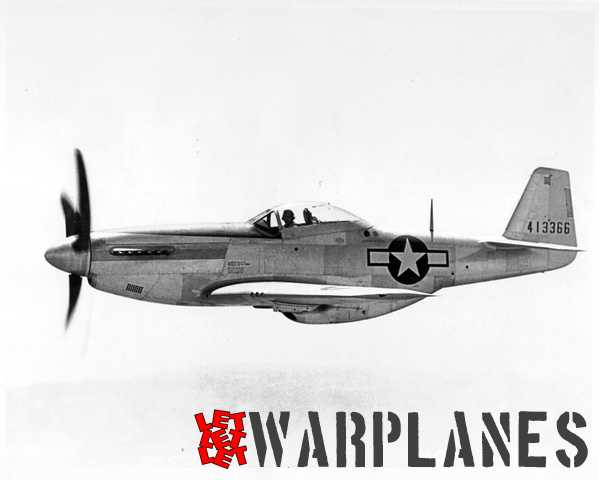
Another upgrade was with the armament, the four .50 machine guns mounted in the previous models were classed as inadequate and had the inability to continue firing in hard turns without jamming. To reduce the chances of the guns jamming in combat they were mounted upright and not on a slant as in previous models. The total number of guns was increased to six, with the two inbound weapons having 400 rounds each and the other four having 270 rounds each. There was also the introduction of the K-14 gyroscopic gunsight, this was a licence production of the British built Ferranti gun-slight. The wing root was increased in size making it slightly deeper giving the wing a slight “kink”.
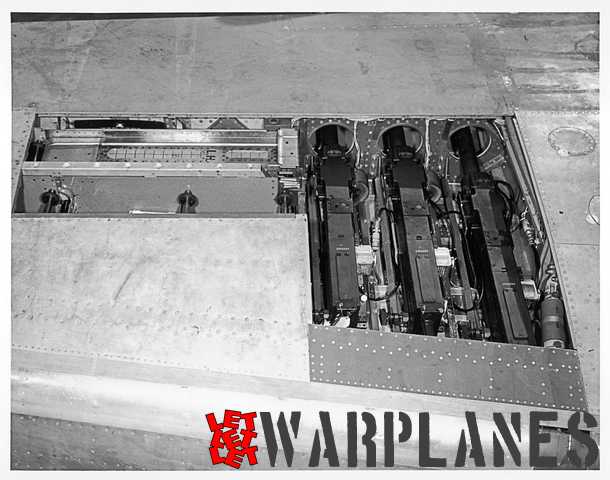
Both variants were supplied to the RAF, the P-51D was known as the Mustang Mk.IV and the P-51K as the Mk.IVA. Along with the other earlier variants of the Mustang, this version was also converted for the photographic reconnaissance role, fitted with two cameras, a K-17 and K-22, both fitted in the rear fuselage and they were designated F-6D’s and F-6K’s.
Only a limited number of P-51D’s were built outside of the USA. The Commonwealth Aircraft Corporation of Australia obtained a license to built the P-51D in 1944. At the start 80 were supplied as kits by NAA and these were known as CA-17 Mustang XX’s, which first flew in April 1945. Later 40 CA-18 Mustang Mk.21’s, 14 Mustang 22’s these were fitted with a F.24 reconnaissance camera and 66 Mustang 23’s fitted with the British built merlin engine, were produced. They were too late to see operational service in WW2, but they did see combat in the Korean War.
To aid with the training of pilots, a two seater trainer variant was produced. Designated the TP-51D and these were completed in 1944. The radio equipment and rear fuel tank was removed for the second seat.
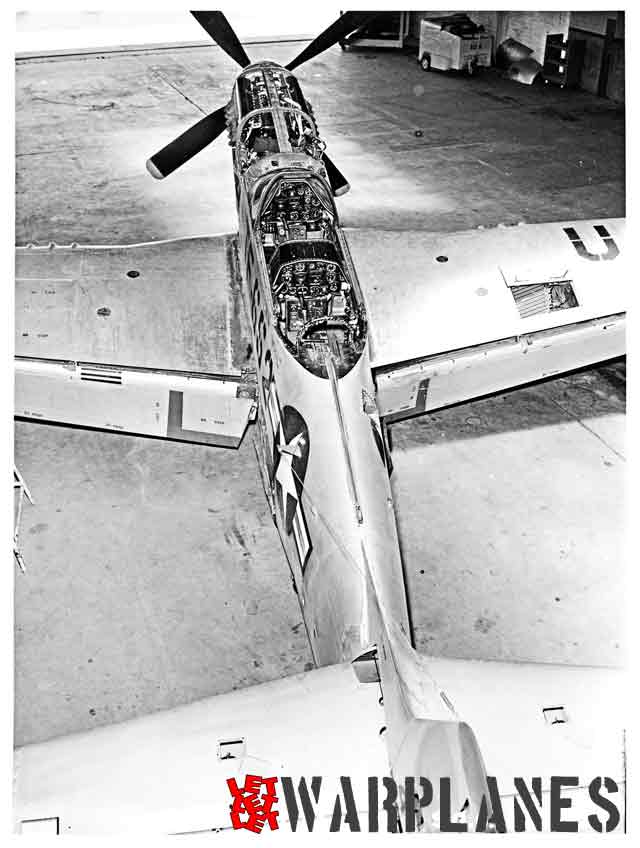
The production of P-51D/K’s increased rapidly through the later years of WW2 and both variants started to supplement older variants in Europe from mid 1944. By the end of 1944, P-51D/K’s equipped 14 of the USAAF 8th Air Force Groups and the Mustang became the most numerous of all fighter types used by the USAAF, with the P-51D becoming the best known and the most popular of all Mustang variants.
Details for P-51D/K
Power-plant – 1,720hp Packard V-1650-7 Merlin engine, P-51D fitted with a Hamilton Standard four bladed constant speed propeller and P-51K fitted with a Aeroproducts four bladed propellor
Fuel Capacity – P-51D/K – 184 US gallon in two internal wing tanks, 85 US gallon rear fuselage tank and the provision for either two 75, 110 or 150 US gallon underwing drop tanks.
Performance – 437 mph at 25,000ft, 413 mph at 15,000ft, ceiling 41,900ft
Range – 950 miles (internal fuel load) at 25,000ft, max range with drop tanks 1,650 miles
Production – 8,102 P-51D’s (including 146 F-6D’s and 10 TP-51D) and 1,337 P-51K’s (including 163 F-6K’s)
XP-51F/G/J
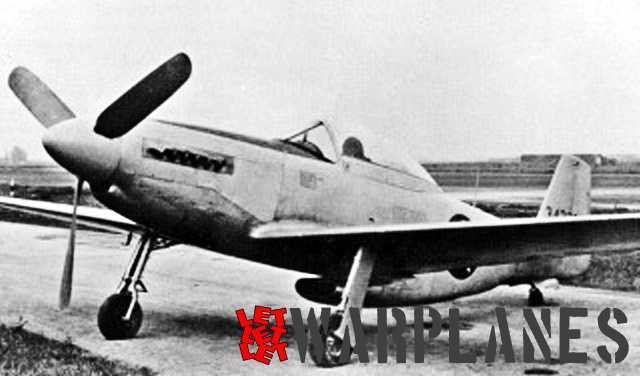
These three variants were only seen at the prototype level. As the case is with any development of an aircraft here comes a cost and that is weight, theses prototypes looked at reducing the overall weight of the aircraft.
The XP-51F had a lightened overall structure and wings, it used the same Merlin V-1650-7 engine as the P-51D but was over 2,500lbs lighter and as a result its speed was increased by 29 mph. Also, they removed two machine guns and the rear fuselage fuel tank and fitted an Aeroproducts three bladed propellor. During trials flight stability was an issue and the program was stopped. In all only three prototypes (ser. 43-43332 to 43-433340) were produced with one being sent to the UK for testing at the Aircraft and Armament Experimental Establishment at Boscombe Down.
The second lightweight prototype was the XP-51G, this variant was similar to that of the XP-51F but fitted with a Rolls Royce Merlin 145 1,500hp engine driving either a five bladed Rotol or an Aeroproduct four bladed propellor. Its first flight was in August 1944 and again, it did not go into production. Only a limited number of prototypes (ser. 43-43335 & 43-43336) were produced, with one of them again being sent to the UK for trials.
The last of the lightweight prototypes was the XP-51J, like the two previous prototypes it was lightweight but this time it was fitted with the US Allison A-1710-119 1,720hp two stage supercharger and water injection engine. The first flight was in April 1945 but due to problems with the engine, it could not be flew at full speed. Calculations were undertaken and it was estimated that its maximum speed was in the region of 491 mph. The driving reason behind using the Allison engine over the Merlin, was in case the British cancelled the Packard-Merlin engine production licence after the war. Only two prototypes were produced serial no’s. 44-76027 & 44-76028.
P-51H/M/L
The P-51H first flew in early 1945 and could be mistaken for a P-51D, however, noticeable differences were the redesigned tail and the wing and was to be the final P-51 Mustang to see production. Based on the P-51F design, it was to be a lightweight fighter aircraft that would be more competitive with the British Spitfire and German Messerchmitt. Fitted with the Packard V-1650-9 water/methanol injection engine, the aircraft also had the fuselage extended by 13 inches to help correct the stability problems that the lightweight prototypes had encountered. The P-51H never saw combat action in WW2, the war ended just as the aircraft was being rolled out to squadrons.
Original plans were to have a production order of 2,000 aircraft, however, this was cancelled after VJ Day and only 555 were built, with the last one being handed over in November 1945; with one aircraft being delivered to the RAF for trials. The service life of the P-51H was very short and as such it did not see combat even in the Korean War of 1950.
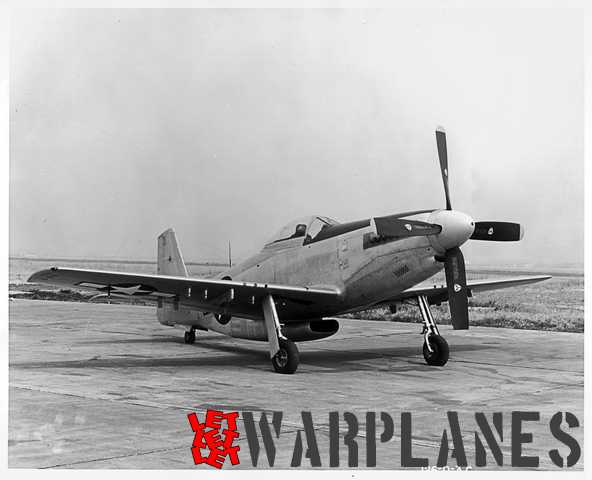
This variant was recored as the fastest piston engined fighter to see service with the US Air Force (USAF), Air Reserve and the Air National Guard, until it was phased out by the arrival of jet aircraft. The USAAF became the USAF in 1947
There were plans to produce a P-51M at the Fort Worth site, as with other variants, this aircraft was planned to have a V-1650-9A engine without the water injection. However, only one aircraft out of 1,628 ordered was completed and flown before the contract was cancelled.
Also proposed to be built at the Fort Worth site was the P-51L, it was to be similar to the H variant but with a V-1650-11 engine with direct fuel injection. But again, due to the end of the WW2 the contract for 1,700 aircraft was cancelled.
Details of P-51H
Power-plant – 2,218hp Packard V-1650-9 Merlin engine fitted with water injection, fitted with a Aeroproducts four bladed constant speed propellor
Fuel Capacity – 210 US gallon in two internal wing tanks, 50 US gallon rear fuselage tank and the provision for two 75 US gallon underwing drop tanks.
Armament – Six .50 machine guns mounted in the wings, maximum of 2,000lb bomb load or ten 5in rockets under the wings.
Performance – 498 mph at 25,000ft, 463 mph at 15,000ft, ceiling 41,600ft
Range (clean) – 850 miles (internal fuel load), max range with drop tanks 1,650 miles
Production – 555
P-82/B/C/D/E/F/G/H
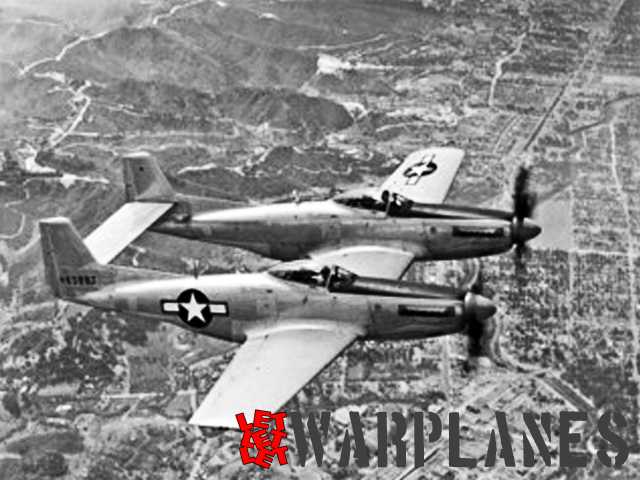
In 1944 a need was highlighted for a long range fighter to escort bombers on route to Japan. This resulted in the design and production of the twin Mustang. The four prototypes were produced by NAA by joining two modified and lengthened P-51H fuselages mounted onto a newly designed centre wing and tailplane, the new centre wing would also house six .50 machine guns. The undercarriage remained the same as a normal P-51, with both sets of wheels retracting under each aircrafts centre section. Of the prototypes, two were to be fitted with Packard Merlin V-1650 23/25 engines, designated the XP-82 and first flew on the 15th April 1945, the other prototype was fitted with Allison V-1710 engines, this one was designated XP-82A. Both airframes would be manned, with the command pilot sitting in the port fuselage and the support pilot in the starboard aircraft. Even before the prototypes were flown an order was place for 500 P-82B’s, no P-82A’s were ever manufactured. Like the other late models of the Mustang, WW2 ended before any of the P-82B’s saw combat action and the contract order was reduced to just 20 aircraft.
The USAAF did see a future in this type of aircraft so development continued, two P-82B’s were converted for trials as night-fighters, one, ser. 44-65169, was designated as a P-82C and the other one, ser. 44-65170, was designated as a P-82D. Both these aircraft flew in March 1946 and later became prototypes for the forthcoming F-82F, F-82G and F-82H.
Later models of the P-82 were all powered by the Allison engine.
Variants of the P-82 were:
P-82C and D – Night-fight prototypes, fitted with a SCR720 radar in a nacelle mounted on the centre wing section of the aircraft. With the pilot sitting in the port aircraft and the radar operator sat in the starboard.
With the formation of the USAF all fighter aircraft designations prefixes changing from P to F in 1948.
F-82E – Produced as a long-range fighter escort, 100 were manufactured with the 27th Fighter Escort Group being the first operational unit with the Twin Mustang.
F-82F – Classed as an all-weather night-fighter, these were fitted with the AN/APG-28 tracking radar and a total of 91 were built.
F-82G – Another all-weather night-fighter of which 45 were produced, these were equipped with the SCR-702C search radar.
F-82H – These were 9 F-82F’s and 5 F-82G’s which were “winterised” for operational duties in Alaska.
The Twin Mustangs life was short within the USAF, however it did get to see combat in the Korean War and on the 27th June 1950, a F-82G of the 68th F(AW)S of the 8th Fighter Bomber Wing shot down a North Korean Yak fighter, this became the first aerial kill of the war. Three F-82G squadrons operated during the Korean Campaign. The P/F-82 was to be the last propellor driven fighter aircraft produced by the USAF.
Details for P/F-82
Power-plant – F-82E/F/G – Two 1,930hp Allison V-1710-143/145 engines fitted with water/methanol injection, fitted with a Aeroproducts four bladed counter-rotating propellors
Fuel Capacity – 576 US gallon in four internal wing tanks and the provision for two 310 US gallon underwing drop tanks.
Armament – Six .50 machine guns mounted in the centre wing, maximum of 4,000lb bomb load or rockets under the wings.
Performance – F-82G – 456 mph at 21,000ft, cruising speed 288 mph, ceiling 38,900ft
Range (clean) – 1,015 miles (internal fuel load) at 25,00ft, max range with drop tanks 2,240 miles
Production – Total of all prototypes and variants – 273.
Although NAA stop producing the P-51 Mustang after VJ day, it continued to served in 55 different Air Forces around the world for many years, with a number of these aircraft being ex-USAAF/USAF stock and despite the introduction of the jet fighter, it has removed in service with some countries until the early 1980’s.
There was great interest in the P-51 by civilian pilots when ex-military stocks became available and they started to used in point-to-point races which were restarted after the war, and still continue to this day. There are around 280 P-51’s that still exist around the world today and over half are still airworthy.
With the total number of P-51 variants produced at 16,766 and with its involvement in global wars from WW2 to the Middle East, the P-51 has to be ranked as one of the most outstanding fighters of its time.
Photo credit- USAF, Mick Gladwin, Gerald Balzer
Mick Gladwin






















